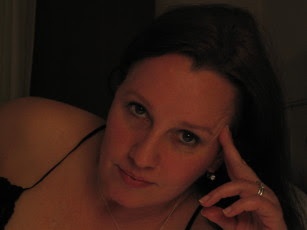
Well, I am no longer a tourist, but I am not really a resident either, which is a more difficult state than you might imagine. My improved Italian and my abbonamento (resident’s vaporetto pass) aside, I now see that I was naïve to think I could be a real resident merely by residing here these past thirteen months. There are certain Venetian paths and rhythms that are barely visible if one is not struggling to earn a living and build a future, not dealing with the mechanics of Venice in those rather tiresome and mundane areas that I’ve been privileged enough to evade during my stay.
I know I’ve made progress. I’m quite certain I am not the same woman I was when I arrived last September. That much is clear. But who have I become? And how do I feel about her? And what’s next for her? And where? And with whom? And why?
Tough questions. It seems I need more time to know the answers.
Although I am heading for the U.S., I know I have not yet finished what I must do here (even if I am not certain what that is). So I will return to Venice in a few weeks and attempt to stay on until the end of February – the amount of time my subtenant was willing to keep my New York apartment. Beyond that, who knows? In this moment, “Non ne ho la pìu pallida idea” (“I haven’t the palest idea”) how I will be paying my way. But it’s five more months!
That gives me another autumn and another winter. A good many more sunny mornings to visit Rialto and see what delicious things tempt me. A good many more foggy nights to walk the Zattere, to taste the beautiful wines and laugh with friends and strangers in the warm osterie, to scurry over the bridges toward home, to seal up my shutters against the cold and fog. Lots more hours in the studio with my “white work.” More exquisite music in the churches. More tiny clementines to savor, and more caffe corretto when the wind is bitter. More traghetto crossings, more leisurely passeggiate. Another Festa della Salute with candles and caramei and, for the first time, castradina. Another Yule season with twinkling firefly lights outside my windows, another Christmas marketplace, another little fir to festoon with my Venetian angels and Murano glass snowflakes and peach crepe paper roses. Another Capodanno (New Year)… and this year nothing will keep me from the Piazza at midnight! Another hot chocolate toast to Epifania (Feast of the Epiphany) and those curiously masculine witches rowing their sandoli, with their little brooms poking up at the sterns. Another Carnevale – with more galani and fritelle, maybe even a costume! Another opportunity to don my spy get-up and snoop around town incognito. Another chance there could be snow…
“Another chance.” Are there any sweeter words when separation looms and the heart is yearning?
Of course, there’s that pesky problem of income – or more accurately, the lack of income. But…
Venetians have an expression: L’aqua de mare lava tuti i debiti.
“The water of the sea washes away all debts.”
I don’t know exactly how that works, but I hope it will be true for me. Please wish me “Buona Fortuna!”















